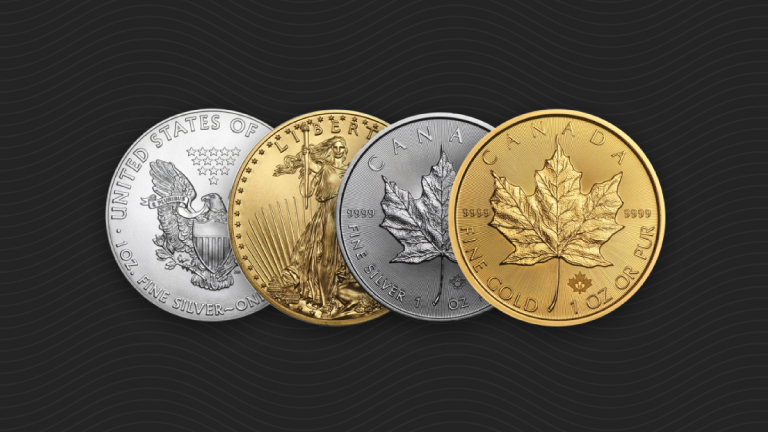
A Byte-sized Bubble? SchiffGold Friday Gold Wrap February, 23, 2024
JD and Joel discuss Peter’s take on the record-breaking highs in stocks, driven by chip company NVIDIA’s $277 billion Thursday rally. Is there a stock bubble driven by AI hype and low-interest rates? How might the Fed respond and what does this mean for gold?










